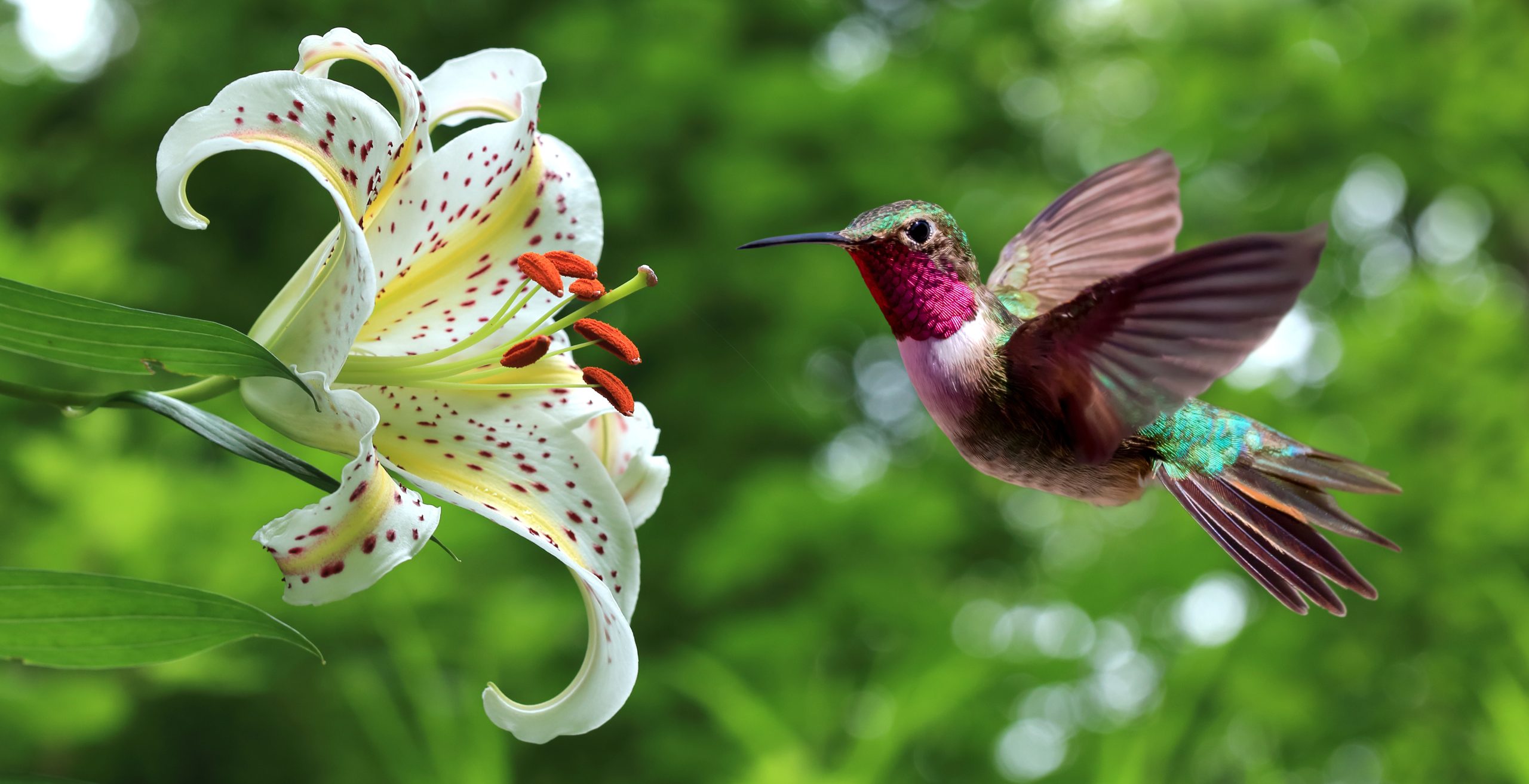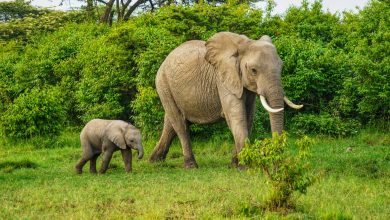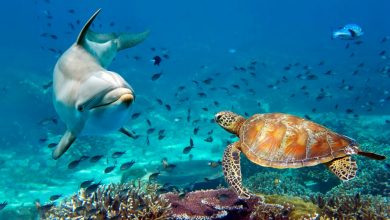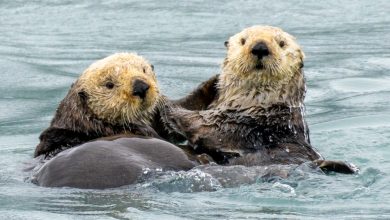From Tiny to Mighty: Cool Facts About Amazing Animals

Welcome to “From Tiny to Mighty: Cool Facts About Amazing Animals,” where we dive into the captivating and diverse world of animals. Our planet is home to millions of species, each with its own unique story, from the tiniest insects to the largest mammals.
This blog aims to uncover cool and fascinating facts about these incredible creatures, highlighting their extraordinary abilities, survival strategies, and intriguing behaviors. Whether you’re an animal enthusiast or just curious, join us as we explore the wonders of the animal kingdom and celebrate its amazing diversity.
Tiny Marvels
Tiny creatures often pack a surprising punch, and none do this better than the mighty ant. Despite their minute size, ants can carry loads up to 50 times their own body weight, a testament to their remarkable strength. This incredible power is paired with impressive teamwork—ants are known for their highly organized colonies where each individual plays a specific role, ensuring the success and survival of their community.
Equally impressive are hummingbirds, renowned for their rapid wing movement, which can reach up to 80 beats per second. This incredible speed allows them to hover with pinpoint precision as they extract nectar from flowers. Their high metabolism is equally extraordinary, necessitating constant feeding to fuel their energetic lifestyle. Honeybees also demonstrate how small animals can have a significant impact.
These industrious insects play a crucial role in pollination, helping to sustain a vast number of plants and crops. Beyond their ecological importance, honeybees boast a complex societal structure within their hives, with a division of labor that includes workers, drones, and a queen—each vital to their thriving communities. Together, these tiny marvels showcase the extraordinary capabilities and critical roles of some of nature’s smallest inhabitants.
Camouflage Experts
Nature has equipped many animals with remarkable camouflage abilities that allow them to blend into their surroundings and evade predators. Chameleons are perhaps the most famous for their colour-changing abilities. These adept reptiles can alter their skin pigmentation through the expansion and contraction of special cells called chromatophores. This incredible adaptability not only helps them hide from predators but also aids in communication with other chameleons and in regulating their body temperature.
Equally fascinating is the octopus, known for its unparalleled skill in camouflage and escape artistry. Utilizing specialized skin cells called chromatophores, leucophores, and iridophores, octopuses can change their colour, pattern, and even texture to mimic their environment almost instantly. This quick transformation allows them to avoid threats and ambush prey effectively.
Then, there are leaf-tailed geckos, whose extraordinary leaf-like appearance provides perfect concealment among foliage. Their flattened bodies, fringed edges, and varied shades make them almost indistinguishable from actual leaves, especially during their nocturnal activities. These geckos spend their nights hunting for insects and avoiding predators, an unseen marvel in the forest’s darkened canopy. Each of these animals exemplifies the ingenuity of nature, using camouflage not just as a survival strategy but as a way to thrive in their respective habitats.
Record-Breaking Giants
The animal kingdom boasts some truly astounding giants, each with its own impressive features and behaviors. Blue whales, the largest animals on earth, can reach lengths of up to 100 feet and weigh as much as 200 tons. These oceanic titans primarily feed on tiny shrimp-like creatures called krill, consuming up to four tons a day during feeding season. Blue whales are also known for their long migrations, travelling thousands of miles between their feeding grounds in the polar regions and their breeding grounds in warmer waters.
Equally fascinating are African elephants, distinguished by their complex social structures and remarkable intelligence. Highly social creatures, they live in close-knit family groups led by a matriarch. Elephants have exceptional memories, allowing them to remember water sources and migratory routes, and have been observed showing empathy and mourning their dead.
Giraffes, renowned for their unique necks which can be up to 6 feet long, use their height to browse on leaves high in the trees that other herbivores can’t reach. Their long necks also play a role in social interactions, particularly in “necking” battles where males use their necks as weapons to assert dominance. These record-breaking giants each play a crucial role in their ecosystems, making them not only awe-inspiring but also essential to the health of their environments.
Unusual Abilities
Some animals possess truly unique abilities that set them apart in the animal kingdom. Electric eels, for instance, have a fascinating ability to generate powerful electric shocks, which they employ both for defense and hunting. These eels possess specialized cells called electrocytes that store electricity like tiny batteries. When threatened or hunting, they can unleash a shock of up to 600 volts, enough to stun prey and deter predators.
In stark contrast, the platypus is famous for being one of the quirkiest creatures around. This egg-laying mammal sports a duck bill, webbed feet, and a beaver-like tail. Although the platypus looks like it was stitched together from different animals, it is perfectly adapted to its environment. It uses its bill, which is packed with electroreceptors, to sense the movements of prey underwater.
Equally intriguing is the archerfish, known for its remarkable hunting strategy. This fish can shoot jets of water with pinpoint accuracy to knock down insects perched above the water’s surface. Using its specialized mouth, the archerfish takes aim and adjusts for light refraction in water, hitting targets with remarkable precision. These unusual abilities highlight the incredible diversity of adaptations in the animal world, showcasing nature’s ingenuity in solving the challenges of survival.
Conclusion
In exploring the remarkable diversity and abilities of animals, we’ve delved into the fascinating lives of some truly awe-inspiring creatures. From the minuscule brilliance of hummingbirds and honeybees to the extraordinary camouflage skills of chameleons and octopuses, and the sheer enormity of blue whales and African elephants, the animal kingdom offers endless wonders. These unique adaptations and incredible survival strategies showcase the ingenuity and resilience of wildlife.
We encourage you to take these insights as a prompt to deepen your appreciation and understanding of the animal world. Whether it’s marvelling at the unusual abilities of electric eels and archerfish or the intricate societal structures of honeybees, there’s always something new to learn and admire.
Let’s spread the fascination! Share this blog with friends and family, visit your local zoo or wildlife reserve to witness these amazing animals firsthand, and consider supporting conservation efforts. Each step you take helps to ensure that these extraordinary creatures continue to thrive and inspire future generations. Together, we can celebrate and protect the magnificent diversity of life on Earth.
Additional Resources
If you’ve found our exploration of the animal kingdom fascinating and you’re eager to learn more, here are some additional resources to fuel your curiosity.
Recommended Books and Documentaries on Animals
- Books:
- The Hidden Life of Trees by Peter Wohlleben – A captivating look into the intricate and interconnected lives of trees and the creatures that inhabit them.
- Life on Earth by David Attenborough – A classic detailing the evolution and diversity of life, from the smallest insects to the largest mammals.
- An Immense World: How Animal Senses Reveal the Hidden Realms Around Us by Ed Yong – A deep dive into the sensory world of animals and how they experience life differently from humans.
- Documentaries:
- Planet Earth (2006, BBC) – Narrated by David Attenborough, this series takes you on a breathtaking tour of our planet’s natural wonders and wildlife.
- Our Planet (2019, Netflix) – A stunningly filmed documentary series that highlights the Earth’s precious ecosystems and the urgent need for conservation.
- The Blue Planet (2001, BBC) – Also narrated by David Attenborough, this series explores the mysteries and marvels of the world’s oceans.
- World Wildlife Fund (WWF) – A leading conservation organization working to tackle the biggest issues facing wildlife and habitats around the globe.
- Wildlife Conservation Society (WCS) – Dedicated to conserving the world’s largest wild places in 14 priority regions, home to more than 50% of the world’s biodiversity.
- National Audubon Society – Focused on the protection of birds and their habitats through science, advocacy, education, and on-the-ground conservation.
- The Nature Conservancy – Works to conserve the lands and waters on which all life depends, with projects in over 70 countries.
- San Diego Zoo (California, USA) – Famous for its expansive habitats and rare species, including pandas and koalas.
- Monterey Bay Aquarium (California, USA) – Renowned for its stunning exhibits and focus on ocean conservation.
- Smithsonian National Zoo (Washington, D.C., USA) – Part of the Smithsonian Institution, offering free admission and a diverse range of animals.
- Singapore Zoo (Singapore) – Known for its ‘open’ design, which prioritizes natural habitats and allows for immersive experiences.
- Loro Parque (Tenerife, Spain) – A highly acclaimed zoo that is deeply involved in conservation and research programs.
- Georgia Aquarium (Georgia, USA) – Home to thousands of marine animals, including whale sharks and beluga whales.




